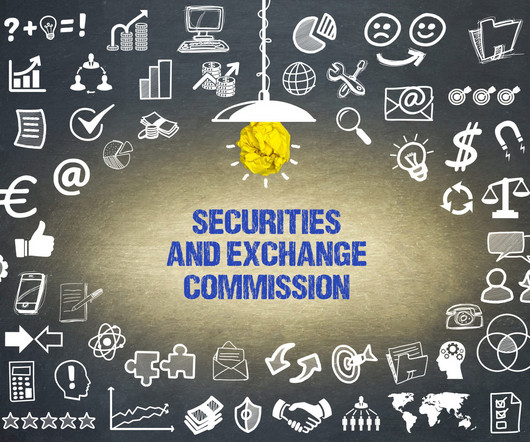Hydrogen Combustion is a Dead-End Technology for Heavy-Duty Trucks
Union of Concerned Scientists
DECEMBER 21, 2023
We need to make sure regulators like EPA and CARB restrict its usage before it gains a fossil-fueled foothold in the marketplace. Importantly, however, CO 2 is not the only greenhouse gas directly produced: N 2 O is a greenhouse gas 265 times more potent than CO 2 , directly produced as a combustion byproduct.













Let's personalize your content